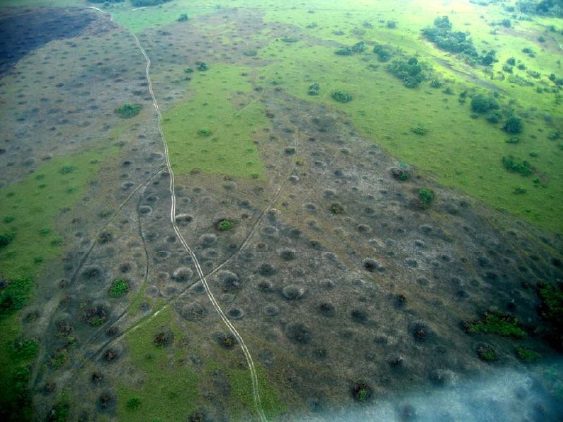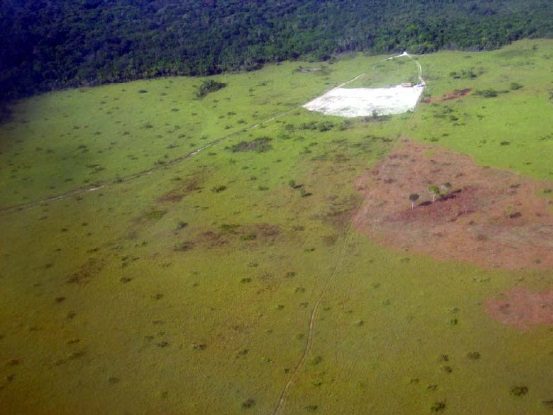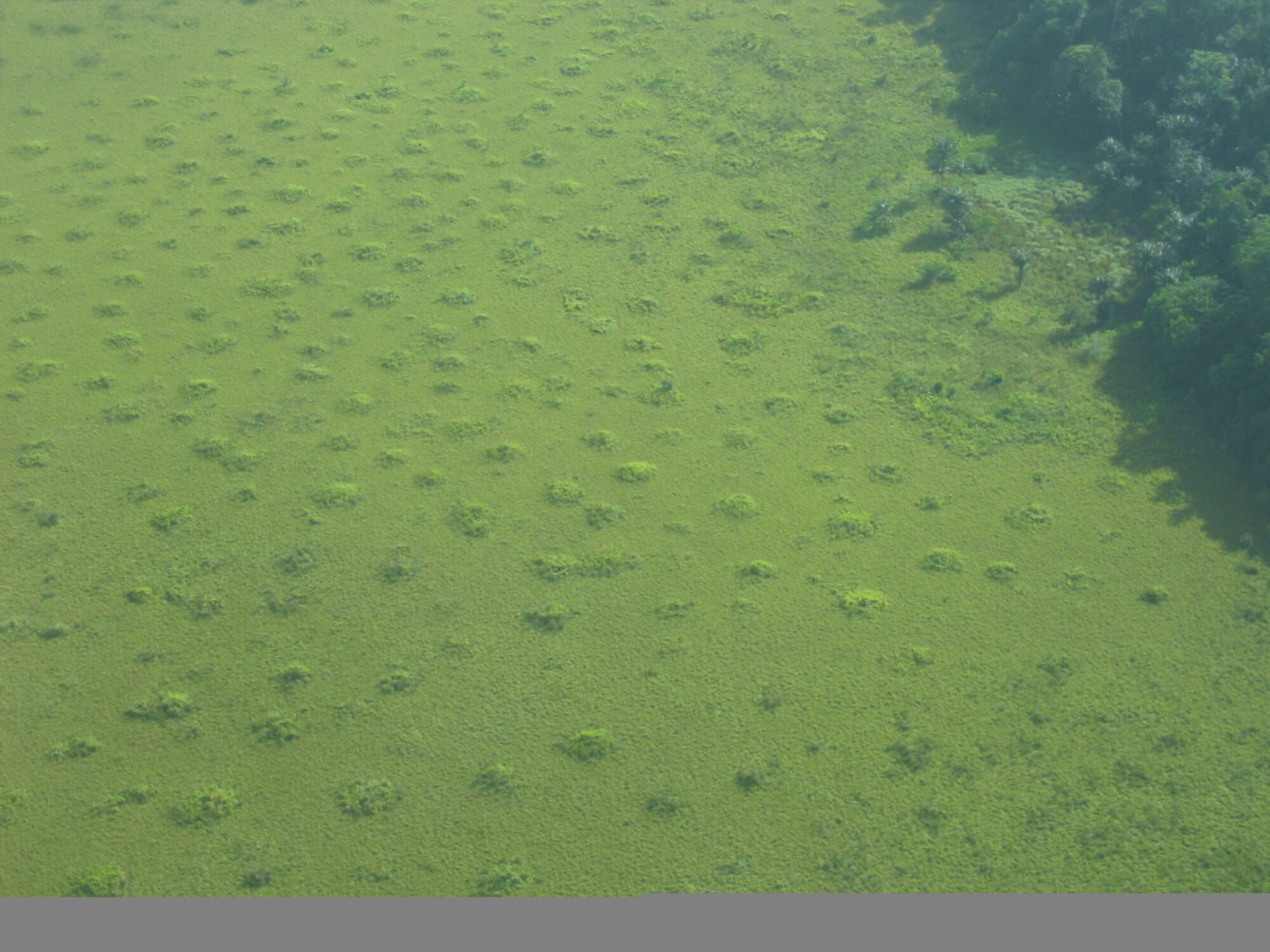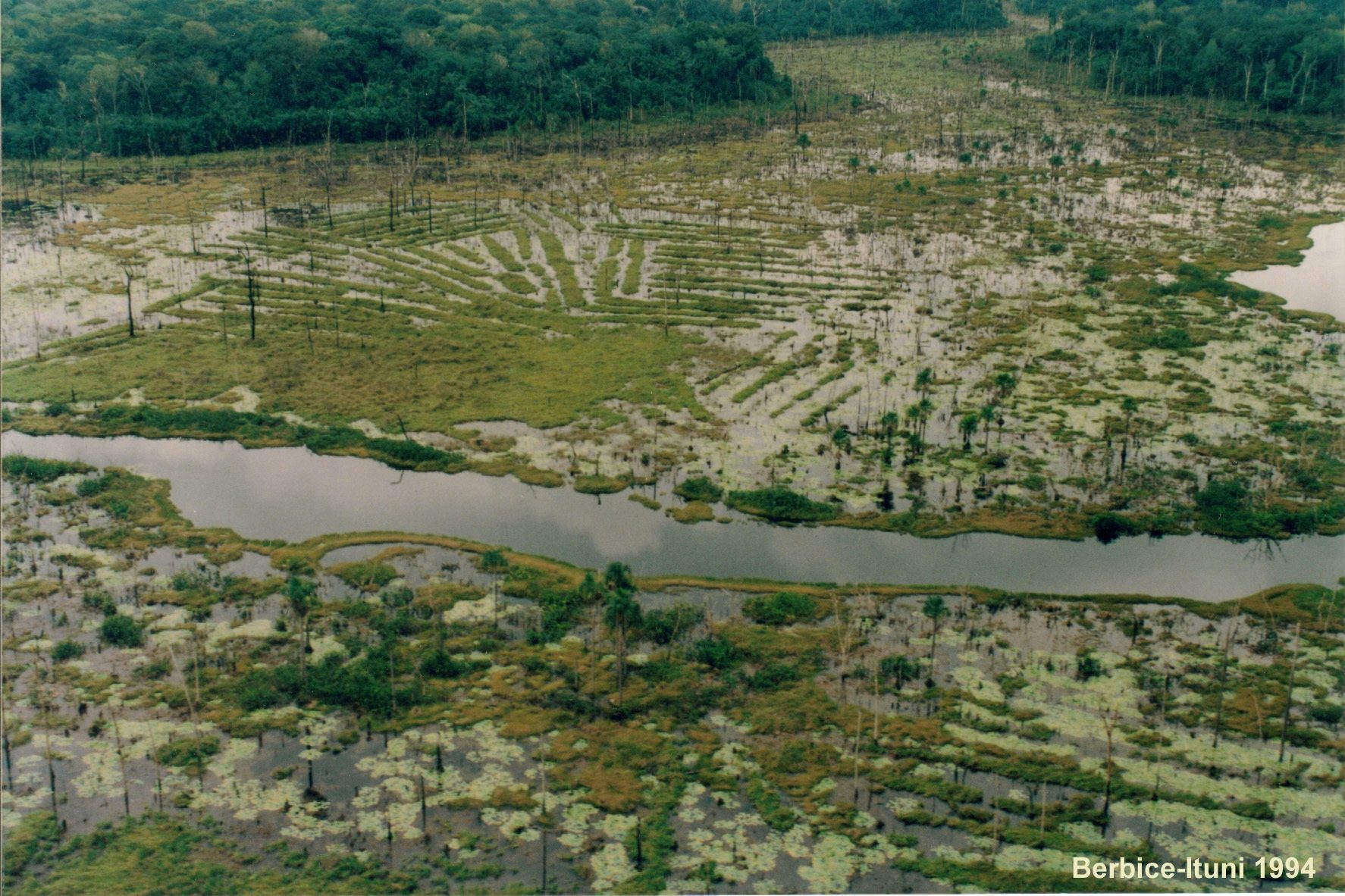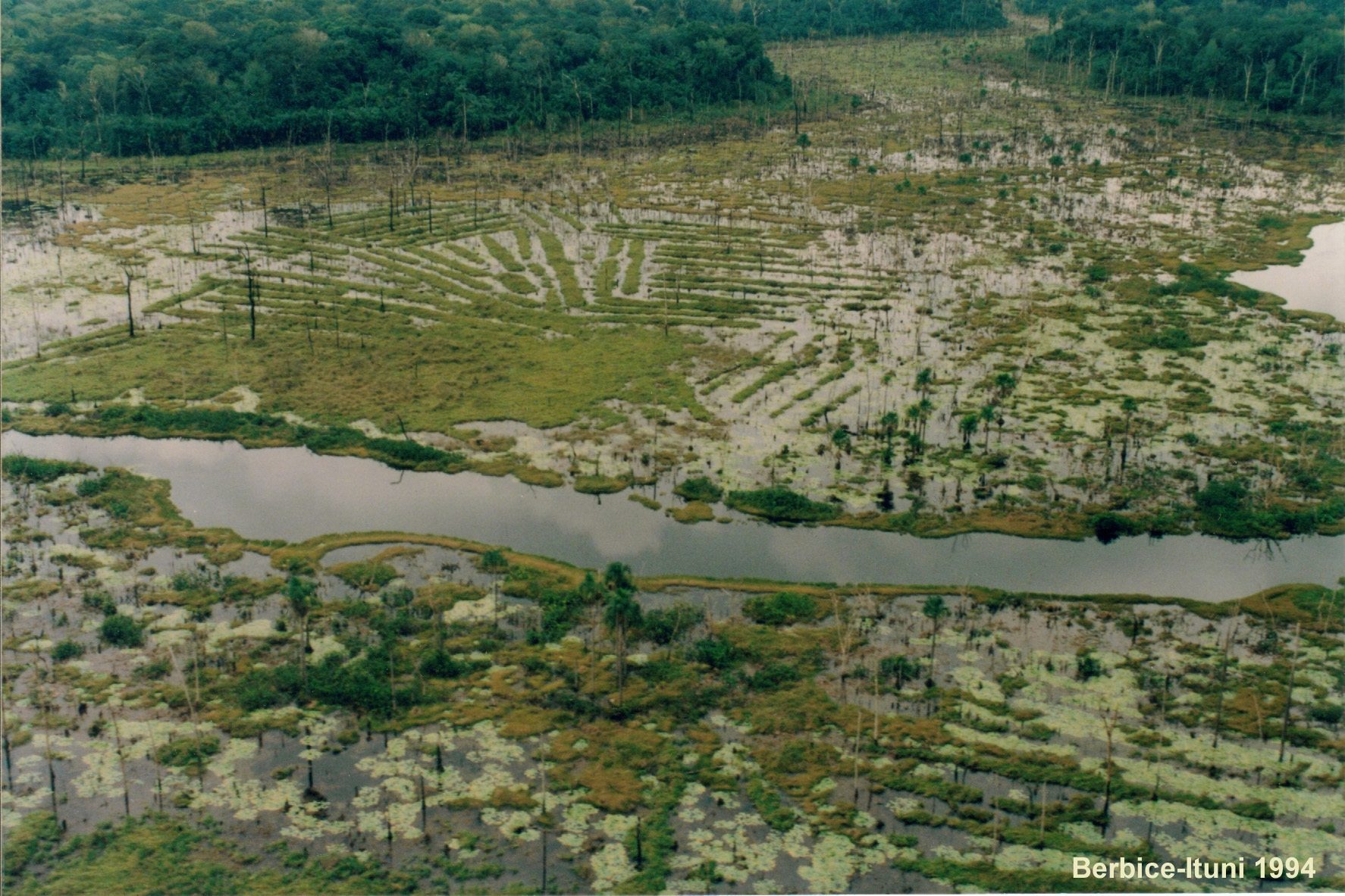Location: Upper Berbice
Classification: Archaeological
Period/ Year Built: 5,000 BCE
Historical Background / Description:
The mounds of Berbice dates back to 5,000 BCE when the Indigenous peoples of Guyana dwelled and cultivated the lands spreading from the Torani Canal along the Berbice River and across the savannahs. The Berbice Mounds were used mainly for agricultural purposes. The mounds found in this region are similar to those found in Suriname, Cayenne, Bolivia and the Amazon along the Xingu River.
Primarily there are two types of mounds found in the Berbice region, long and round mounds. The long mounds were usually built in swampy areas and were used to form dams which had a canal on one side. These canals in the wet season were used to cultivate fish and in the dry season used to harvest them. Long mounds can be found near Fort Nassau and the Ituni River, an offshoot of the Berbice River. These mounds however are outnumbered by round mounds throughout the savannahs.
The round mounds are mostly found where there are sand reefs with palm creeks and where the area leans towards a creek. The mounds were built from fertile top soils that were excavated from nearby depressions, creeks or banks and were used to form a platform were vegetables were planted. Additional mounds are found in Hitia, along the Berbice River and various locations along the Upper Canje River district. Mounds can be found as far as the Corentyne River near the Suriname border. There is also a Mound a few metres (miles) upstream from the current Fort Nassau site.
